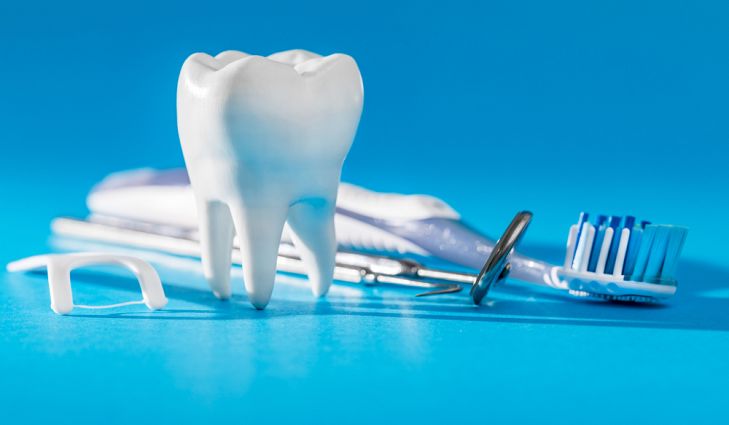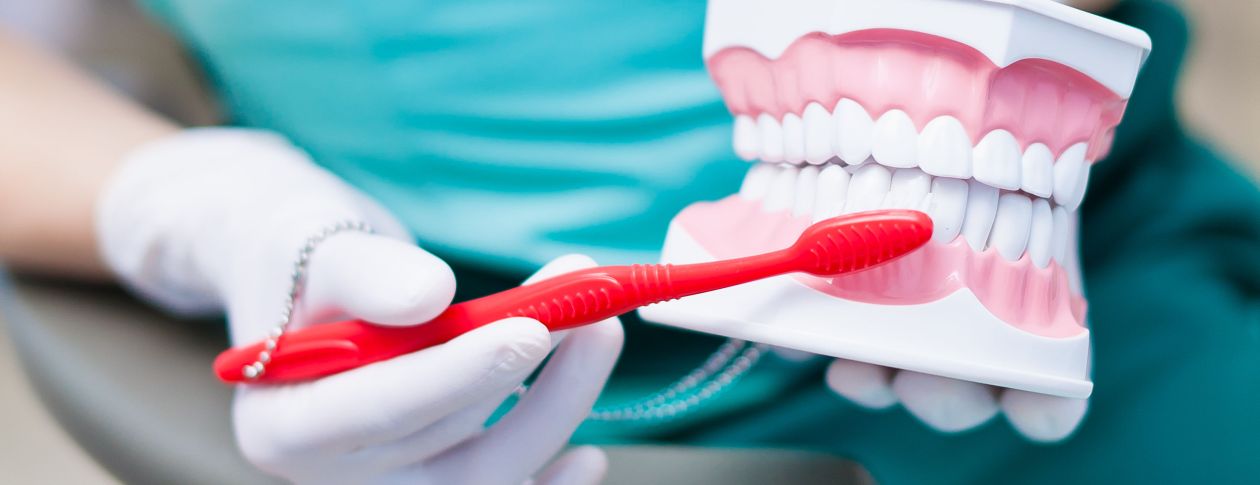Reduced costs, less time in the dentist’s chair and even stronger teeth? What’s not to love? That’s the promise of Minimally Invasive Dentistry!
It may not be a term familiar to every patient, but Minimally Invasive Dentistry, sometimes known as ‘minimal intervention dentistry’ or ‘microdentistry’, is an approach to oral health that emphasises the preservation of natural mouth tissue – preferably by preventing disease from occurring in the first place.
So just what does such an approach include? While there is no formal definition for this style of operative dentistry, treatment can focus on:
- Early intervention and a less-is-more approach to fillings
- The reduction of cariogenic (tooth decay-causing) bacteria in the mouth
- Oral hygiene habits
The logic here is that natural tooth material is stronger than the artificial substances traditionally used in dentistry, so the more of the original tooth structure can be preserved, the stronger the end result is likely to be. As modern techniques continue to improve, minimally invasive approaches are gaining popularity among dentists and their patients.
At Simply Dental, we are Minimally Invasive Dentistry practitioners, meaning we can help you find the least invasive treatment that stops further problems and restores the tooth to its normal state/function.

So how does Minimally Invasive Dentistry work in practice?
There are a lot of contributing factors that affect oral health, so the first step is always a thorough assessment. When you visit Simply Dental for the first time, we’ll assess your current condition and establish an oral health baseline. If some sort of disease is present we’ll make a record of it.
When we’ll talk to you about your current general health, your daily dental routine and diet – as well as any other circumstances that might impact your health. From there we can work with you to formulate a treatment plan that will help preserve – and in some cases restore – the look and health of your teeth.
If you’ve got an existing issue that needs direct intervention, that’s fine: we’ll aim to treat the condition with as little loss of tissue structure as possible.

What are some common MID techniques?
There are many techniques that can be considered minimally invasive, but the most common ones include:
- Remineralization (repairing the damage to teeth by restoring their mineral content)
- Air abrasion (in place of drilling)
- Sealants (offering barrier protection against acid and plaque)
- Inlays and onlays (in place of crowns)
- Tooth grinding interventions
Amalgam free
“We are an amalgam-free practice and use tooth coloured fillings which are smaller and more compatible with the natural environment of your mouth,” says Rachel Bridgeman, Simply Dental founder and CEO.
“So we use composite materials that are similar in hardness to tooth enamel, unlike amalgam which is significantly harder and can cause fractures on opposing teeth from biting forces.”
Even if you currently have dental issues, talk to us about our preventative model. Where possible we will work with you to avoid a filling, and create a prevention and maintenance program.


